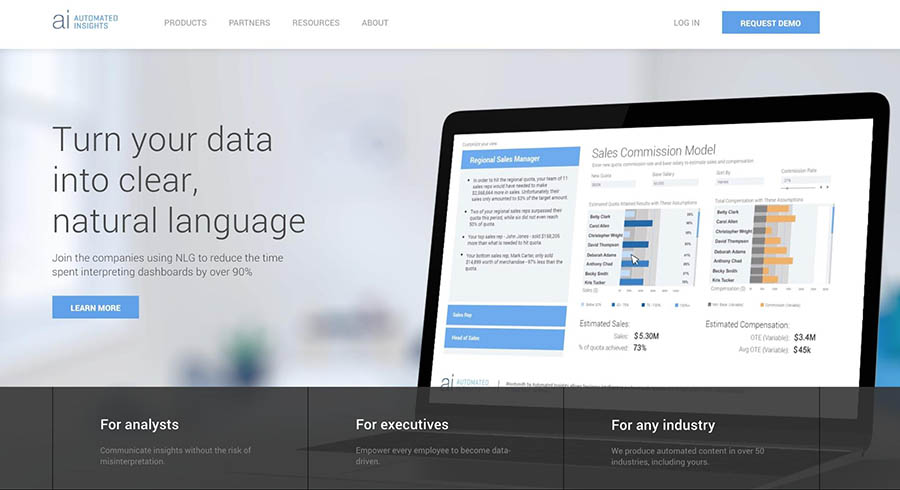How can be done to stop emails entering the spam folder?
The problem many people encounters when it comes email sending, is their email ends up in spam folder. Sometimes the recipient could not check his Spam folder. In some cases the software deletes in from the spam making it not available to the recipient. For the beginners it will discourage them from going further as they might give up that it is not working.
How can be done to stop emails entering the Spam folder?
Capitalized Email subject
The email can enter the spam folder when the subject is in Capital letters as the most of the spam email had their subject in Capital letter. This makes it possible for the spider to locate such as a spam
Provide an unsubscribe link
Every email messages that can repeat itself or to be sent several times can be offensive to the recipient and as such a case it might be regarded as spam. It might be that the recipient is not interested on the message. This is why the unsubscribe link must be provided in order to avoid the repetition of such email without the authorization of the recipient. The received might decide to stop such email coming to his email box by using the unsubscribe link to stop the email.
Set up email authentication
When an email is originated from an authenticated source it will be trusted. The email had trace back to the sender, so the sender can receive response from the receiver. The source of the email plays an important role in determining how the email will be treated. And in some cases such email can be verified if they are spam or not.
Do not send more than one attachment.
One message might be seen as a spam if it contains more than one attachment. When an email is containing more than one attachment it might likely be offensive to the receiver as such email might occupy big space when received. There are some emails that sent some attachment that contained spam emails or virus in order to deceive the receiver in this case the sever might detect this as a spam email thereby relocating it to the spam folder.
Use trusted email hosting
Some hosting company that does not always comply with the regulations of the spam prevention can be flagged and regarded as an un-trusted. Some server had be used to send several spam emails and deceptive emails. This hosting sever had not integrity with the email server so any email been sent from the server can be suspicions.
Spam tag words
Avoid words that are considered spam , such as cheap, free, limited offer, and others
Many words had reports attached to it, because it had been used several times to send a fraudulent emails, therefore using such word can land the email to spam folder.
Special server
You can use a special server such as VPS, Dedicated server. If the server is shared server it means that you have no control of what will be going out or coming in to the server. That is why it advisable to use the special server, where can be in control of some activities of the server. You can control the server in sending authentic emails. The most important thing you apply is to use a special server for your email marketing. Because email hosting usually provides extra security features for email marketing.
The subject of the email
The subject of the email is relevant to the content of the email. The subject of the email is not related to the body of the email. This is also can be regarded as a fraudulent email because the subject maybe attractive the recipient but the message will be saying a different thing from the subject. Some subject like How to become a millionaire, Free Offers etc. Some subject might be deceptive, when an email had such a word it will be regarded as a spam as well.







